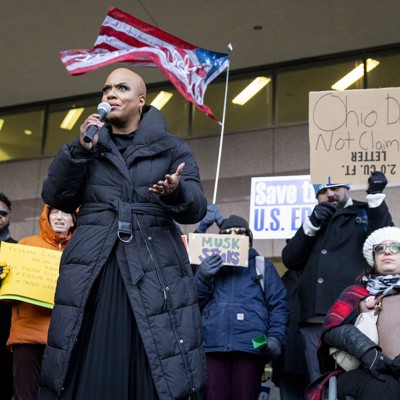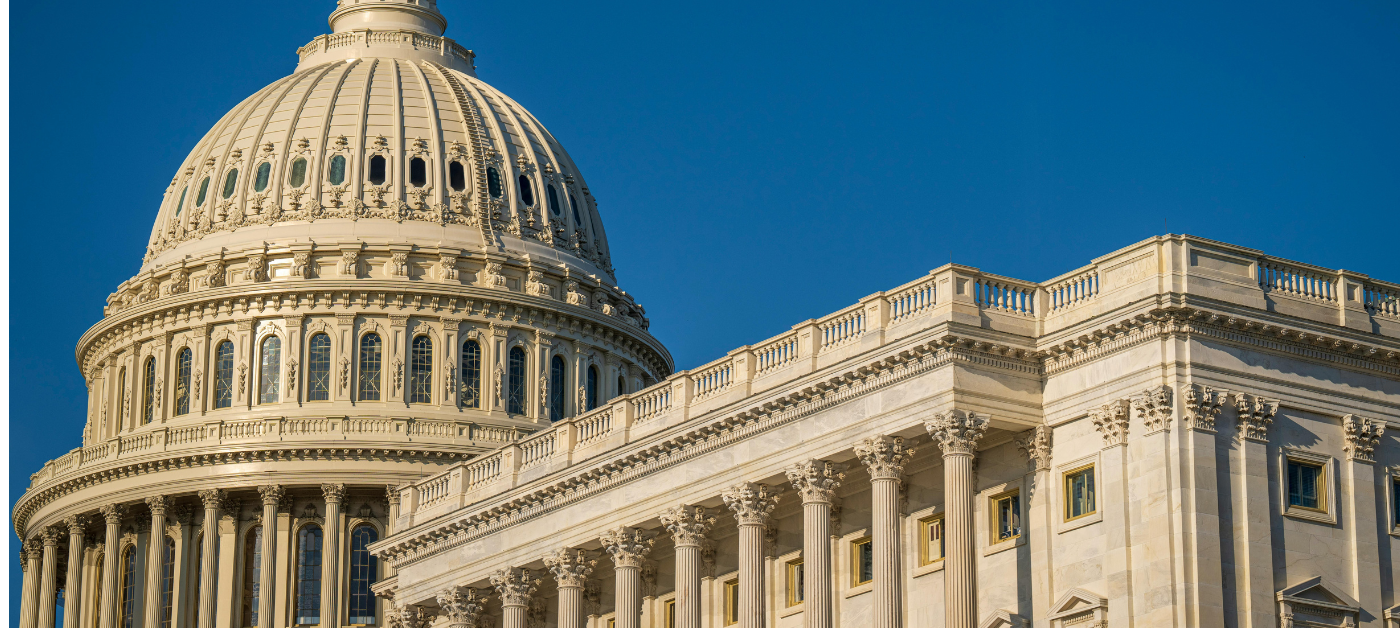Supported by a CMS alternative payment program, Illinois-based Egyptian Health is actively addressing SDOH and other barriers and helping kids get the care they need.
Rural healthcare organizations are getting serious about identifying and addressing the barriers that are keeping children and young adults from accessing the care they need—especially behavioral healthcare.
Many organizations, from health systems and hospitals to local clinics and public health groups, are screening for social determinants of health the moment someone comes through their door, if not sooner. Through surveys, interviews and digital health tools that can sift through claims and EHR data, they’re spotting barriers early on, including issues with housing, families, food, schooling and transportation.
“When kids come in and they have all of these other needs, basic needs, that if those aren’t met first, it’s really hard [for them to] to receive the more specialized services that they need,” says Angie Hampton, CEO of the Egyptian Health Department. “We were seeing that across the board.”
Founded in 1951 as a public health department, Egyptian Health serves a wide swath of rural Illinois known as Little Egypt. Based in Fairfield, the organization added behavioral health services in 1972; it’s now their fastest growing service, as more and more kids show up with behavioral healthcare needs that aren’t being addressed.
Hampton estimates some 11,000 children and their families rely on Egyptian Health for care. Any child under the age of 21 who is enrolled in Medicare or CHIP is eligible for those services.
And many are having problems accessing those services.
Egyptian Health was one of eight healthcare organizations selected in 2020 to enroll in the Centers for Medicare & Medicaid Services’ Integrated Care for Kids (InCK) Model, an alternative payment model borne out of the CMS Innovation Center that aims to reduce healthcare expenses and boost quality of care for children. The seven-year project, for which CMS has set aside almost $126 million, will reward providers who develop programs that identify and address barriers to access for at-risk children, putting them in front of the right care teams and keeping them out of the Emergency Room.
Hampton says Egyptian Health, like so many other healthcare organizations, was often reacting to SDOH and other barriers before developing a strategy to proactively identify and address them. Without that strategy, she says, kids were falling through the cracks, either ending up in the local hospital or avoiding care altogether.
Working with Solventum, a health management company spun off earlier this year from 3M, Egyptian Health began combing through claims data and other information to get a better picture of the youth population in their coverage area. They then created a strategy for surveying these youths on SDOH and other barriers and creating connections with the right resources to address those barriers.
A key element to this program, Hampton says, is primary care. Alongside the partnership with the state’s Medicaid program, Egyptian Health is coordinating care with a network of local hospitals, federally qualified health centers (FQHCs) and clinics. Under the CMS InCK model, participating providers will receive inventive payments based on the success of the program in meeting performance metrics, such as reduced ED visits and admissions and increased well child visits and follow-ups.
“Honestly it allows us … many additional opportunities,” Hampton says of the program, now in its fifth year and ready to report on outcomes and issue its first payouts this fall. She says Egyptian Health is “really focusing on what those interventions can be” and moving toward a time when they can focus more on care and less on the obstacles.
She says the program should also help the region’s schools, where teachers and other staff are spending more time addressing healthcare concerns and less time teaching.
One barrier that Hampton is seeing among providers is a lack of experience with alternative payment models. That has slowed adoption as providers learn what they should be doing to qualify for reimbursements.
She also sees a need to emphasize whole-family care and care for adults, which spurred Egyptian Health to expand the program to address those populations as well. The idea, she says, is that by resolving the barriers to care that one person or one family experiences, the door may open to affect and improve care for others.
Hampton says she’s eager to see the first results come out in August, which will provide concrete examples of how the program is working and give providers the incentive to keep addressing SDOH. And she’s working on new partnerships and grant opportunities to keep that momentum going when the InCK program ends in two years.
“We’re here now and it will only get better,” she says.
Eric Wicklund is the associate content manager and senior editor for Innovation at HealthLeaders.
link







More Stories
AdvaMed’s Medical Innovation Agenda for the 119th Congress
‘Innovation Out of Necessity’: Why Virtual Care Is Crucial for Rural Providers
BREAKING: Republicans Pass Spending Bill with Dramatic Potential Medicaid Cuts